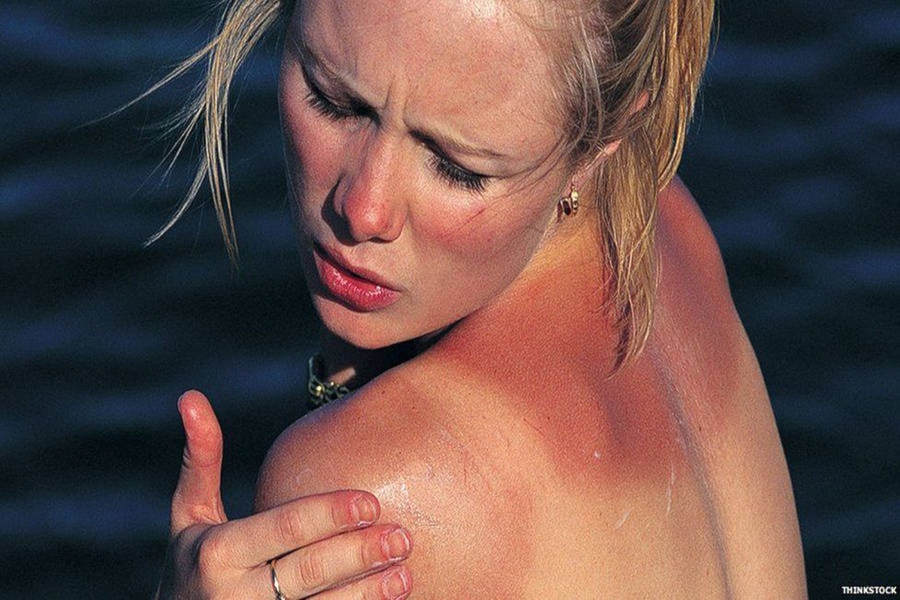Skin cancer prevention is a process that starts at childhood, says a B.C. dermatologist.
Dr. Harvey Lui, who works with both the B.C. Cancer Agency and UBC Vancouver medical school, says adults afflicted with skin cancer were first exposed to that potential as youngsters.
“What many people don’t understand is that skin cancer does’t originate for adults from excessive sun exposure from time to time, but that it takes several decades to develop,” Lui said.
“Melanoma and basal cell carcinoma skin cancer studies have shown exposure to the sun in our early years is what actually increases the risk of skin cancer later on.
“So you are doing a big favour for your child when they become an adult by minimizing their exposure to excessive sun during childhood.”
Lui advocates a four-prong strategy for adults and children to help protect against excessive exposure to the sun’s ultra violet rays to prevent skin cancer:
1) Avoid being exposed to the sun without any clothing or sunscreen skin protection between the peak bright hours of 11 a.m. to 3 p.m.
2) Seek the shade during that 11 a.m. to 3 p.m.
3) Wear a wide-brimmed hat and tightly woven clothing that limits light exposure to your skin.
4) Wear sunscreen with a sun protection factor of 30 or higher, and look for a product endorsed with the logo of the Canadian Dermatology Association.
“The message to wear sunscreen outdoors in the summer is a simple and great message for everyone to follow, but it’s only part of the overall strategy we all need to adapt to protect our skin,” Lui said.
While a sunburn is our common perception of skin damage to excessive sun exposure, Liu says people often equate a tan with protecting your skin both from getting a sunburn and protection from developing skin cancer.
“That’s an oxymoron because a tan does not mean you have healthy skin, in fact it’s a protective reaction from skin cells in the same way a scar can be created from a skin cut.
“You wouldn’t have a tan if your skin was not injured just like you would’t have a scar if you didn’t cut your skin. Having a tan means your skin is damaged and your body is trying to protect itself from further sun exposure.”
Lui uses the analogy of smoking, where when filtered cigarettes were created, the popular perception being those filters made smoking a healthier activity.
“There is no such thing as a healthy cigarette. Period. All cigarettes are bad for you. In the same way, no tanning is good for your skin. It means your skin is injured.”
For adults, the warning signs of skin cancer often get first detected by a patient rather than a doctor.
“All you need is a set of eyes and an awareness that certain spots on your skin might present a higher risk or increased chance of cancer,” Lui said.
“And the earlier it gets detected, the better the chances of it being cured.”
Lui said warning signs of potential skin cancer issues that should get checked out include a new or changed spot on your skin, a skin spot that changes colour or shape, and a skin sore that has not healed for a month or more.
Lui adds that bronze tanning sprays to create a fake tan have the blessing of dermatologists, but just be aware they offer no sun protection.
